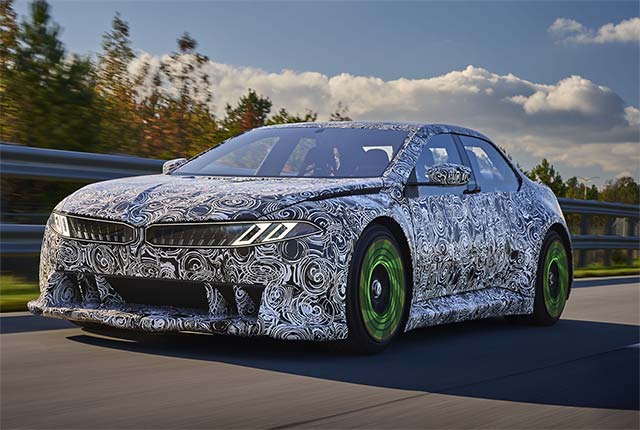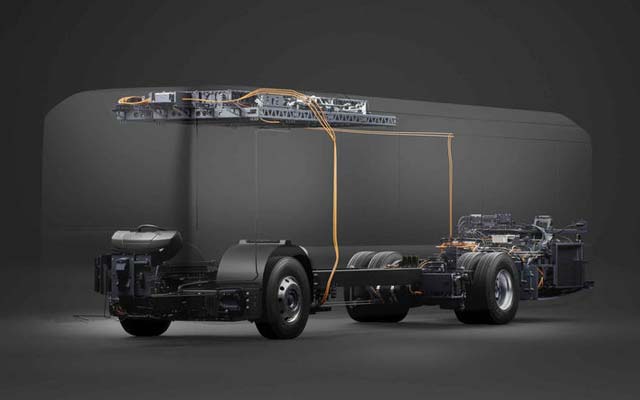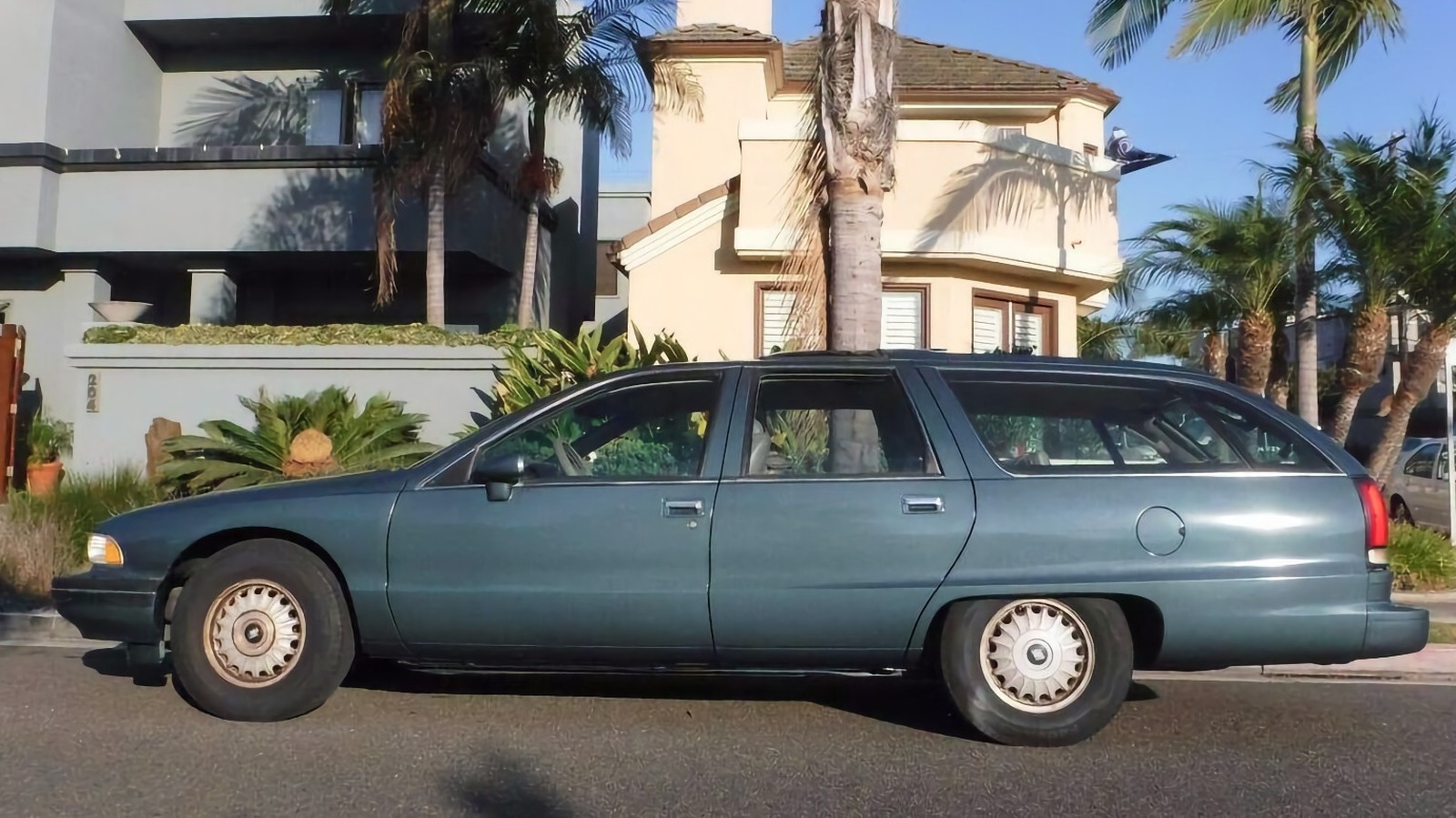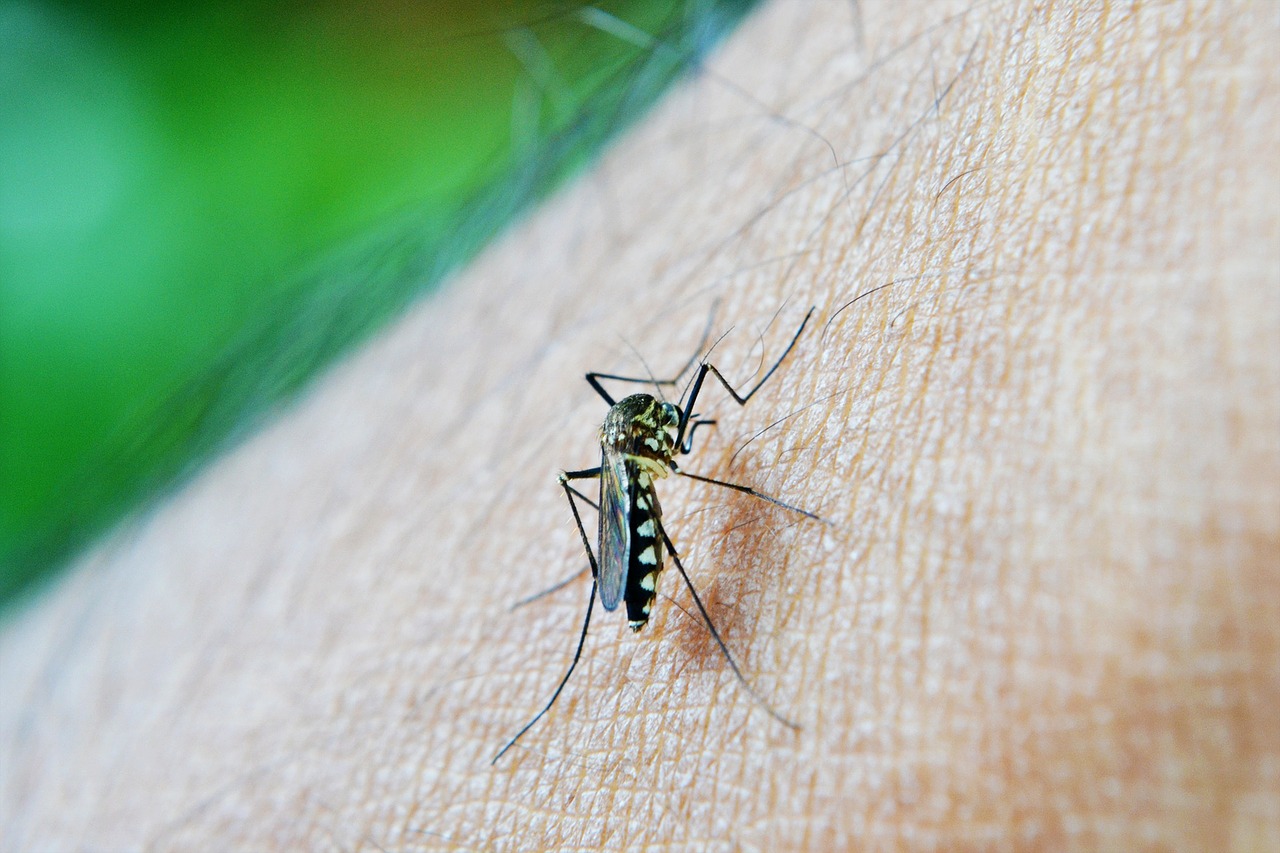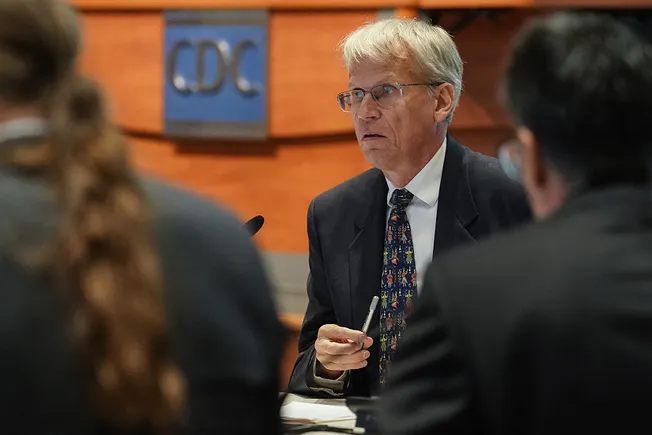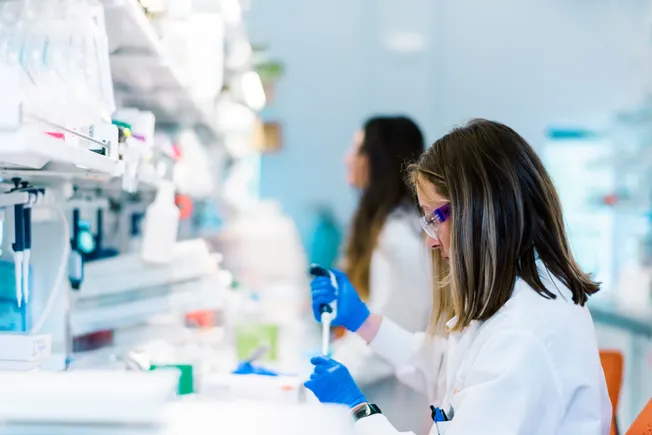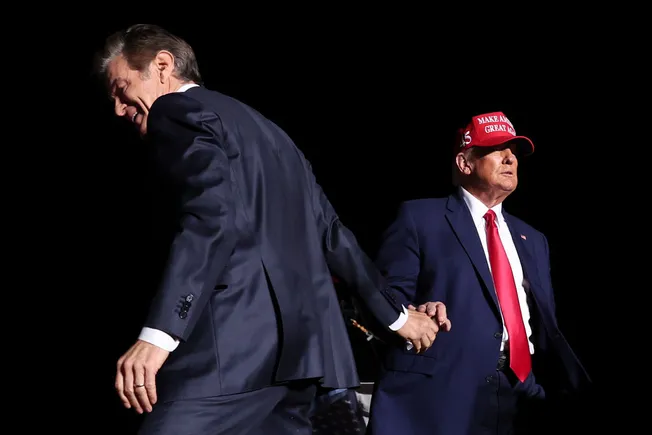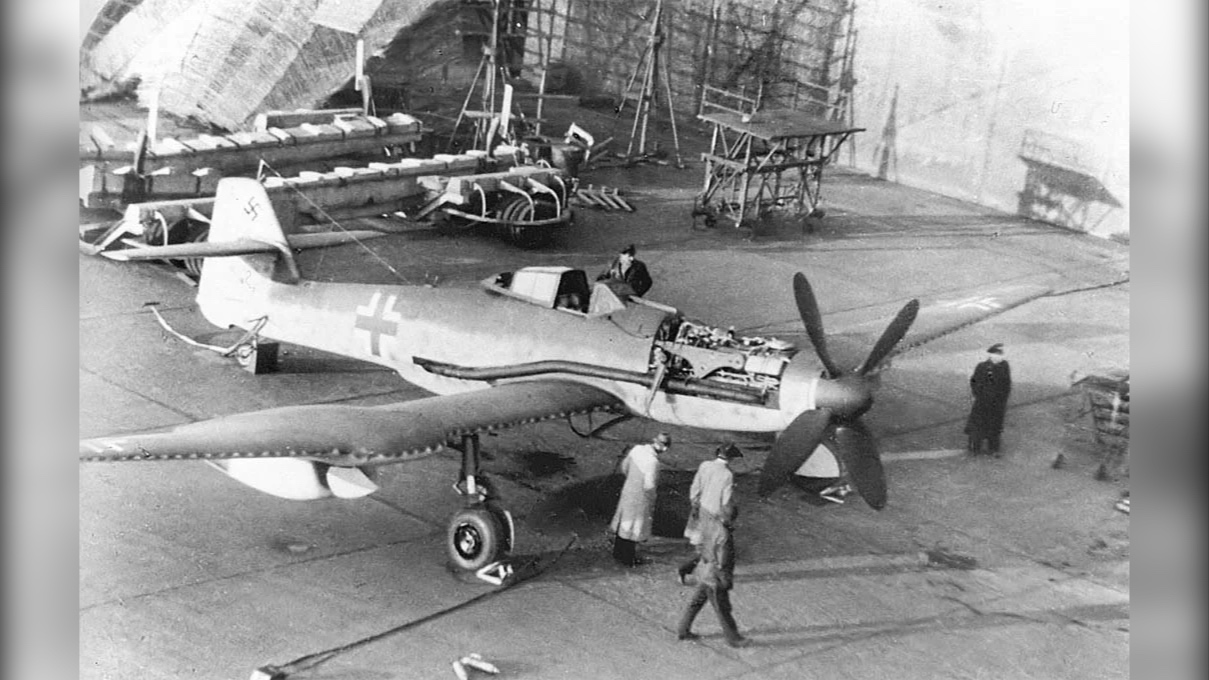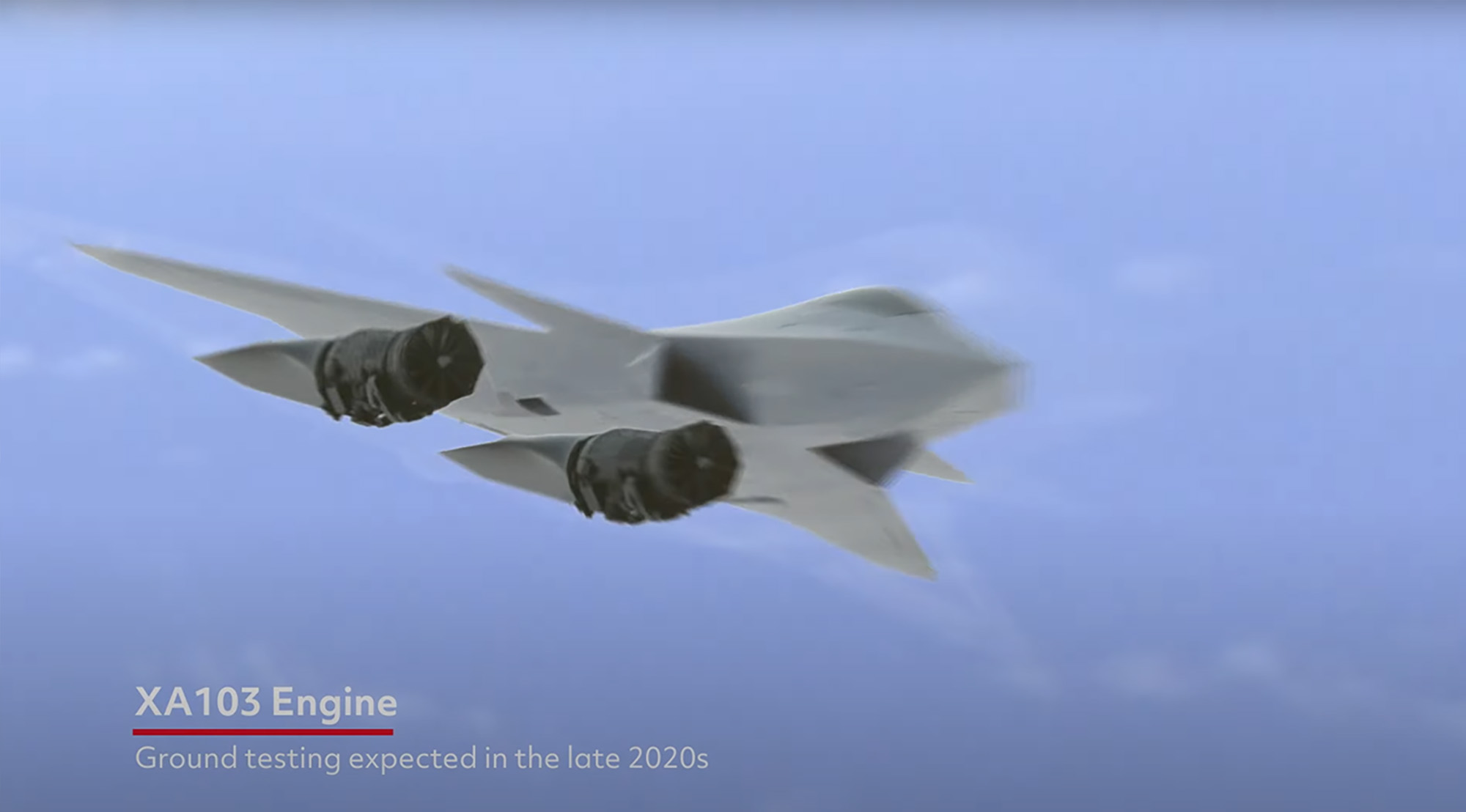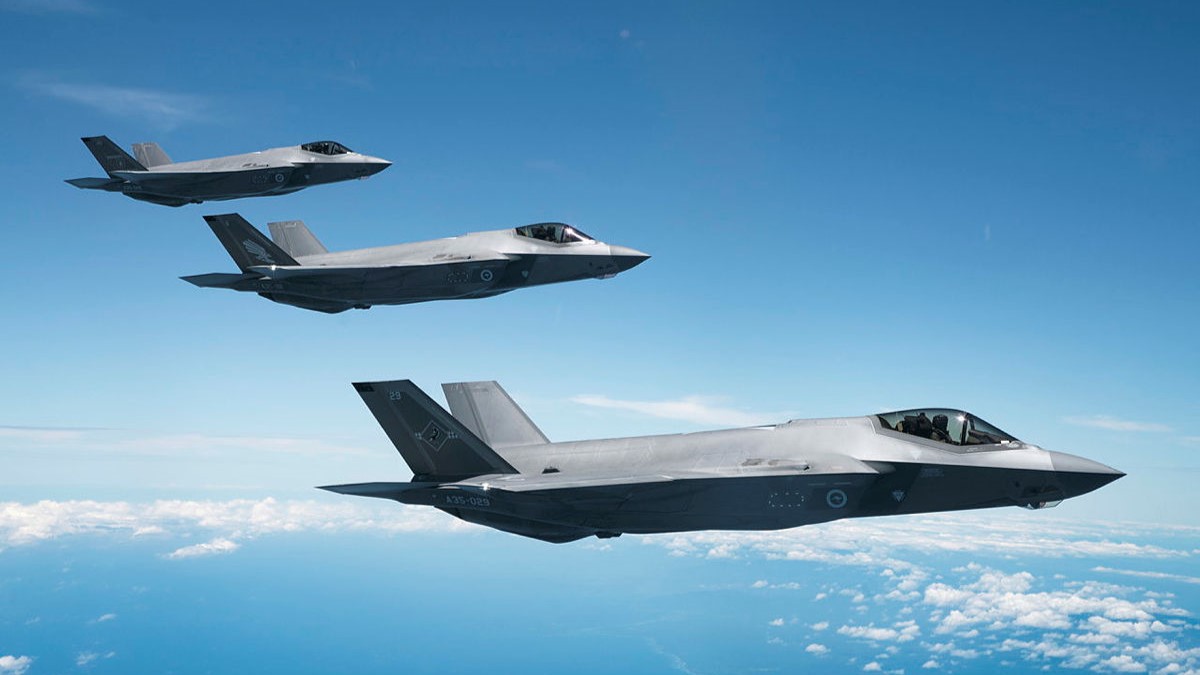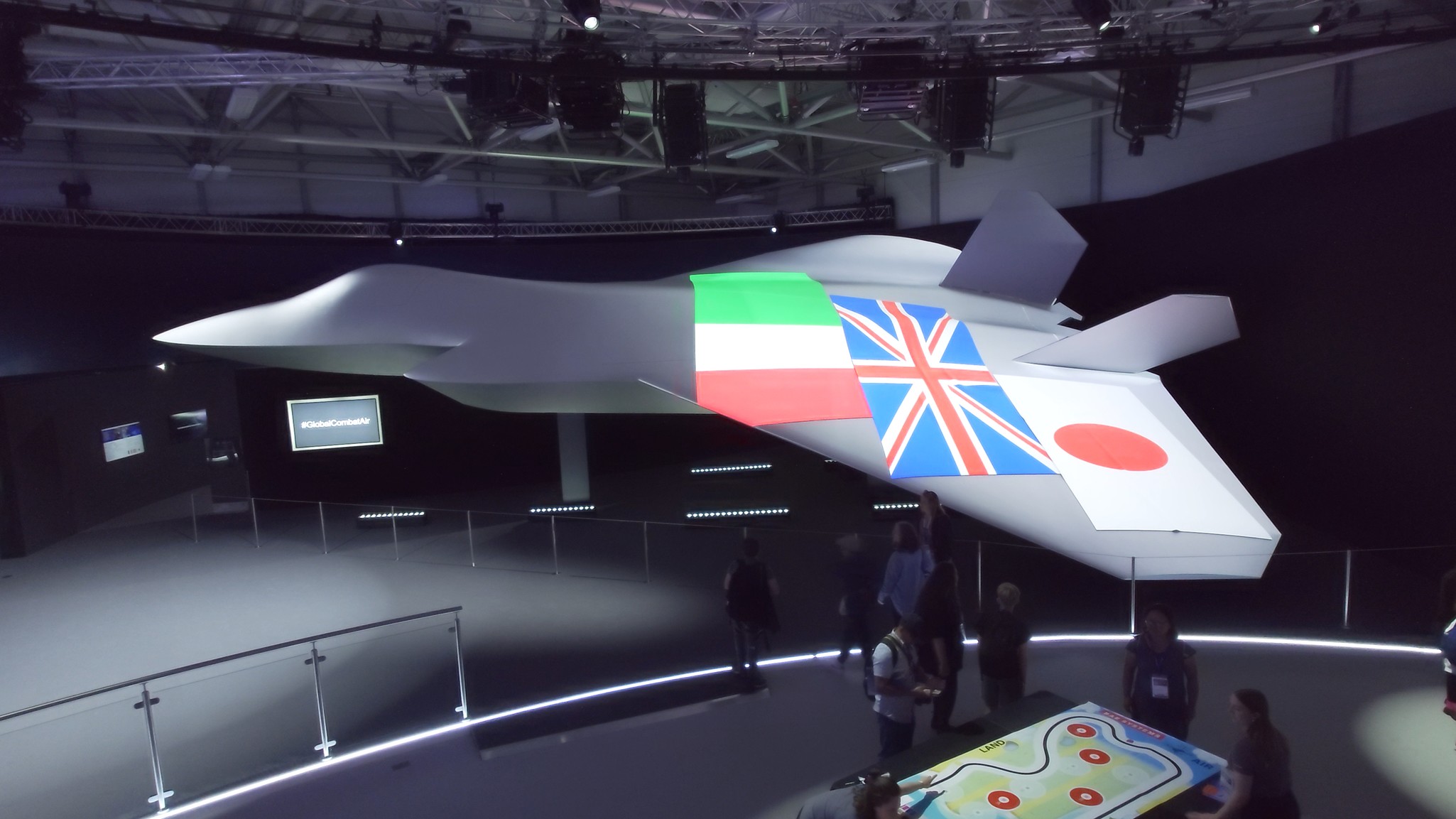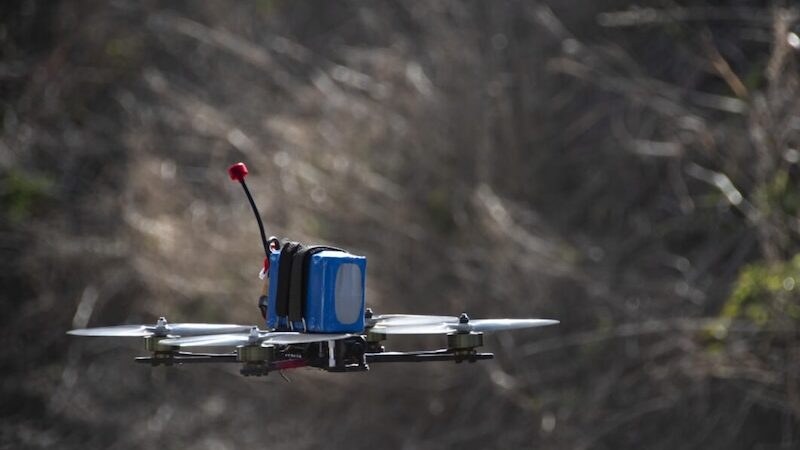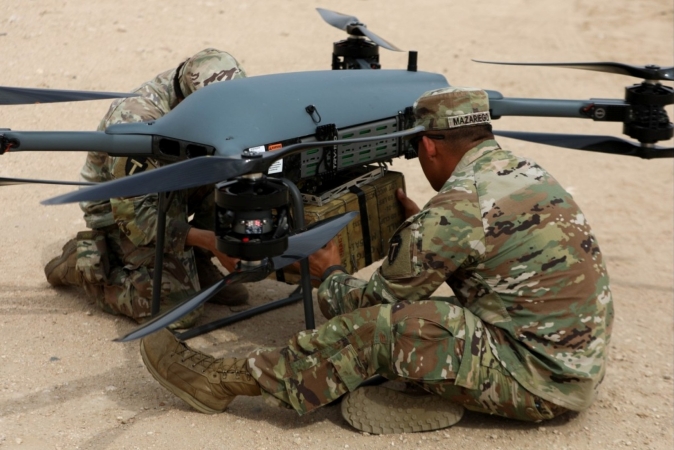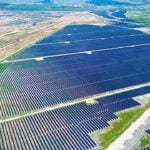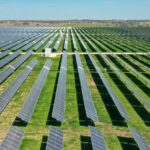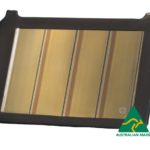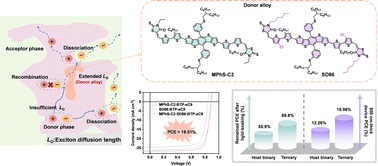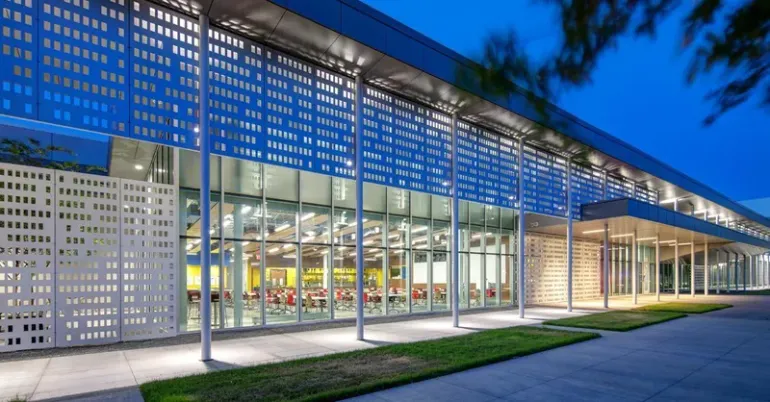Bioengineering a Patient‐Derived Vascularized Lung Tumor‐on‐Chip Model to Decipher Immunomodulation by the Endothelium
Advanced Healthcare Materials, EarlyView.

Most in vitro cancer models lack cellular diversity, functional complexity, and clinical relevance. This work highlights the generation of an innovative dynamic tetraculture with autologous patient-derived cells within a vascularized tumor-on-chip, as well as the recapitulation of endothelial anergy features induced by the tumor microenvironment.
Abstract
The endothelium compartment is a key player in tumor initiation and progression, but most existing tumor-on-chip models lack clinical relevance. Here, a 3D vascularized tumor-on-chip (vToC) model, generated with patient-derived microvascular endothelial cells (ECs) that are freshly isolated from surgical lung cancer samples, is presented. The microvessel molecular identity, morphology, and functionality are assessed by transcriptomic, immunofluorescence, TNF-α stimulation, and permeability assays. Lung cancer cells, cancer-associated fibroblasts (CAFs), and CD8+ tumor-infiltrating lymphocytes are embedded into the surrounding collagen matrix to partially recapitulate the lung tumor microenvironment (TME). The proof-of-concept of feasibility to generate personalized immunocompetent vToC composed of primary fully autologous cell types is provided. This vToC model is used to investigate the interplay between ECs and other TME cellular components by transcriptomic analysis. Using a rationally designed panel of endothelial genes, it is found that the presence of cancer cells and CAFs in the endothelial environment decreases expression by ECs of VCAM-1 leukocyte adhesion protein, a crucial regulator of immune infiltration, and of many immunomodulatory chemokines, recapitulating endothelial cell anergy. This in vitro model will be a valuable clinically-relevant tool to study the tumor-CAF-immune–endothelium interplay.
























